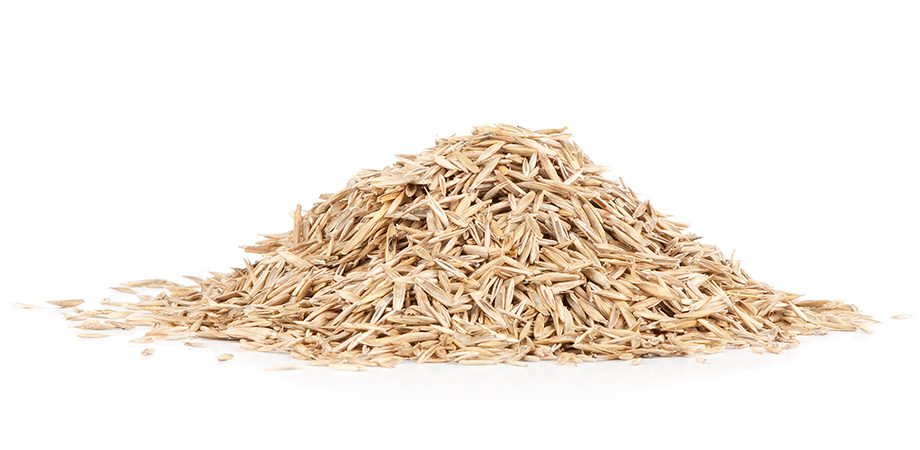Which Seed Type Should I Choose?

Spring is in full swing meaning we have soil temperatures conducive to seed germination. Establishment of cool-season grasses is usually more successful in late summer and early fall, but often you can’t wait. If you are trying to establish turf in the spring, a few things need to be noted. Most importantly, the seed should be established as early as possible to ensure deep roots before the heat of summer. Additionally, special consideration must be made for keeping the weeds out of spring seedings, especially crabgrass and goosegrass. The use of a starter fertilizer with Mesotrione is a great way to give your turf a competitive advantage in the spring and early summer.
The most important part of turfgrass establishment happens before a single seed is placed in the soil. Selecting the correct species of turf is imperative for long-term success. Unless an area is going to be maintained at a very high level, a mixture of turfgrasses is usually best to use. Having other grasses in mixtures for these conditions is fine. Perennial ryegrass is often put into many blends for its quick germination. The selected mixture should contain a majority of the grasses listed below. Here is a quick primer to use as a starting point, but keep in mind that every situation can be different.
Full Sun Without Irrigation
Tall fescue is quick-establishing and deep-rooting, staying green without irrigation longer than the other choices. Kentucky bluegrass cultivars that are adapted for drought conditions are also a good choice. The grass will go dormant when water is not present but can survive for a long time in a dormant state.
Full Sun with Irrigation
Kentucky bluegrass, perennial ryegrass, and tall fescue will all perform well under these conditions.
Shade Without Irrigation
Fine fescue is the best selection with tall fescue coming in second. These grasses do not blend well together, so select one or the other if perfection is sought. Kentucky bluegrass can survive in this condition as well because the areas will often go from wet to dry. Select Kentucky bluegrass varieties that are not susceptible to powdery mildew.
Shade with Irrigation
Fine fescue, tall fescue, Kentucky bluegrass, and perennial ryegrass are all great selections. Be careful not to over-irrigate as grasses will become short-rooted and prone to disease.
Traffic Considerations
With high-traffic areas, tall fescue such as RTF and Kentucky bluegrass such as HGT and 365 SS are the best options. RPR ryegrass is also a great selection and blends well with these two types of grasses.
Advanced Turf Solutions carries a complete line of seed from several different seed producers to ensure the best selection and quality of turfgrass possible. Contact your local representative for more detailed recommendations for each situation.
Rusty Stachlewitz
Sales Manager







